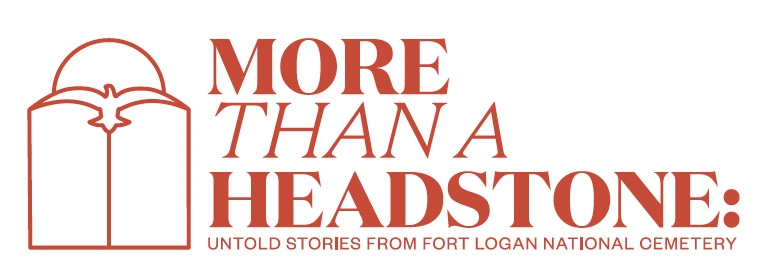On the Cutting Edge
By Dylan C. Fox
Susan Twining-Pardo
December 10, 1951 – July 1, 2011
Away from frontlines or combat zones, the day-to-day operations of any military are supported by a bedrock of administrative and logistical personnel. While their actions are oftentimes not recognized in the same manner as combat troops, they nonetheless form a critical component of the Armed Forces. In the past decades, the exponential growth and incorporation of computer technology in military operations has necessitated specialized personnel to adapt to these changing conditions.
Susan Twining Pardo was born in Calgary, Canada, on December 10, 1951 to Lawrence Twining and Jean Galloway-Twining.[1] While there are almost no records on her early life, the Twining family spent the first three years of Susan’s life in Canada before moving back to the United States on March 5, 1955.[2] It seems likely that Susan’s interest in the military was partly inspired by her father, who served as a captain in the US Army during World War II.[3] Susan graduated from Texas A&M University in 1973 with a bachelor’s degree in Mathematics and by 1980 she received her commission from the Air Force Officer Training School.[4] Pardo spent nine years on various tactical air control (TAC) assignments and was selected to be part of the TAC Inspector General team.
For much of her military career, Pardo was on the cutting edge of computer and information systems technology as she is listed in a vita of an Air Command and Staff College research paper as a “distinguished graduate” of the Advanced Communications-Computer Officer Training School.[5] As early as 2001, Susan was ahead of her time and recognized the danger posed by cyberattacks on military information systems; when she was head of the Air Force’s Information Assurance Division, she spearheaded an information security campaign after Air Force bases were hit by both the Melissa and ILOVEYOU computer viruses in 1999 and 2000 respectively.[6] Both viruses were early examples of social engineering, as they used a variety of tactics from jokes, suggestive messages, or supposed love letters that piqued the curiosity of the recipient and encouraged them to download the attachments.[7] While neither virus tended to outright destroy a system, they nonetheless resulted millions upon millions of dollars in damages as they hijacked email systems to spread themselves.
The title of Pardo’s campaign, “Global Vigilance, Reach and Power: Information Assurance in the 21st Century,” remain stunningly relevant as modern conflicts are increasingly waged online, however there seem to be no publicly available materials from the campaign since it was internally created for the military.[8] It seems likely that Pardo’s campaign followed the general conclusions of a 2001 report entitled “Protecting the Homeland” from the Defense Science Board as Pardo was part of the Task Force’s Human Resources and Readiness Panel; the opening of the report stated that in the wake of the effects of the Melissa and ILOVEYOU viruses, “[T]he Department of Defense should consider existing viruses and ‘hacker’ attacks to be to real ‘Information Operations or Warfare’, what early aviation was to Air Power. In other words, we have not seen anything yet!”[9] In the wake of recent targeted ransomware attacks on American infrastructure, Pardo and the Defense Science Board clearly recognized that the threat potential of computer viruses was only going to increase in the coming years.
Colonel Pardo retired from the US Air Force on June 30, 2008 after almost 28 years of service. Her obituary states that, “She loved reading, photography, swimming and sunbathing.”[10] Susan was also an active member of the Cheyenne Newcomers Club, a local women’s social club where she served as the treasurer. Susan clearly had a life-long passion for learning as she was pursuing a degree in graphic design at Colorado Technical University when she passed away on July 1, 2011 at the age of 59. Susan is survived by her husband, two sons and daughter.[11]











